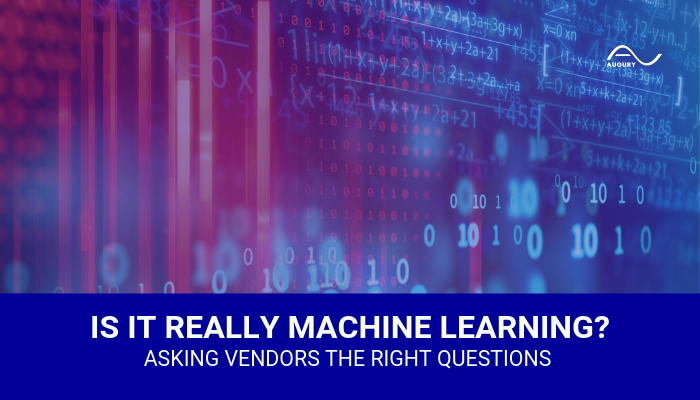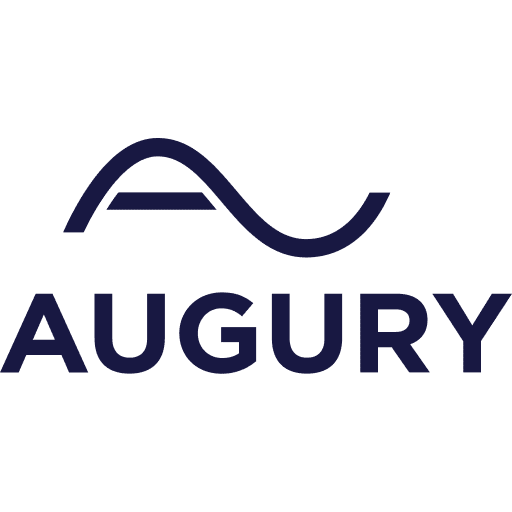
Many of Augury’s customers experienced this before working with us. One prospective customer wanted to see if our machine learning was truly as advanced as we claimed. They knew that “artificial intelligence” and “advanced machine learning” have become buzzwords, and that they needed to ask some specific questions about the speed and diagnostic capabilities of our machine learning algorithms.
So we agreed to an initial rollout to demonstrate our technology at their food processing plant. As a result, the maintenance team was able to detect a bearing wear fault in a critical compressor within a few days, preventing a catastrophic failure.
Beware Of Fake Machine Learning
Machine learning is a powerful tool when used correctly — but in practice, are most companies using advanced machine learning for predictive maintenance?
Most of the time, no. Many companies that claim their maintenance solution is powered by machine learning are often just putting low-bandwidth vibration sensors on equipment. These sensors use simplistic historical averages and blindly send alerts when a machine’s vibration exceeds predetermined RMS vibration thresholds.
While this is technically an algorithm, it’s not a very useful one—and not an effective way to manage machine health. It can’t be classified as advanced machine learning and companies shouldn’t be marketing their products this way—but many still do.
Beyond Threshold Alarms
A true predictive maintenance (PdM) solution using advanced machine learning goes far beyond basic threshold alarms. It begins by comparing data from that specific machine to its previous recordings across varying modes of operation. Then it should compare the readings to all other readings from similar machines in their database. After that, a true machine learning PdM solution should provide useful and specific early-stage diagnoses when any anomalies or faults are detected.
At Augury, we look at patterns within both the time domain and the frequency domain. We do multimodal analysis and can tell when machines are in different operational modes — and adjust our machine health diagnosis accordingly. An RMS threshold alarm can be fooled by different operating modes often mistaking peak or high-load operating modes for a fault, resulting in a false alarm.
Advanced pattern recognition in the frequency and the time domain can help diagnose faults with a high degree of specificity. Whether it’s misalignment, cracked rotor bars on the motor, cavitation, or something else—advanced machine learning algorithms can diagnose a problem with speed and a high degree of accuracy.
Machine learning includes many different advanced algorithmic techniques. Neural networks and decision trees are just a couple of these techniques. A true machine learning solution will harness advanced analytical tools like these and go far beyond computing simple moving averages.
Asking the Right Questions
When evaluating digital machine health technology solutions companies should ask prospective vendors exactly what they mean when they mention using machine learning. Do they simply mean they are using RMS threshold alarms? Can they differentiate true anomalies from changes in operational modes? What is the quality of the input data they are collecting — are they looking at a limited range of vibration frequencies or at a full spectrum? Are they detecting faults and sending alerts based upon a simple moving average or something more sophisticated like pattern recognition?
It’s important to understand what data the algorithms are analyzing. Are their diagnostics based solely on vibration RMS? Ask if they are looking at temperature, magnetic field, time domain, frequency domain, acceleration, velocity, envelope, or dozens of other potential data features a predictive maintenance solution leveraging advanced machine learning can use.
At the end of the day, the difference is enormous — even if the marketing language is the same. A truly advanced machine learning PdM solution will revolutionize a maintenance operation. It will nearly eliminate false alarms while providing alerts and warnings earlier with specific instructions to help you address any emerging faults on your production line.
The Industrial Internet of Things is powered by advanced machine learning. Companies selling simple solutions know this and will try to stake a claim to this language, even when it’s not accurate.
Knowing to ask the right questions as early as possible in the sales process can help companies choose the right vendor and implement a solution that will deliver value across an operation for years to come.
Interested in learning more about Augury’s advanced machine learning capabilities? Drop us a note






